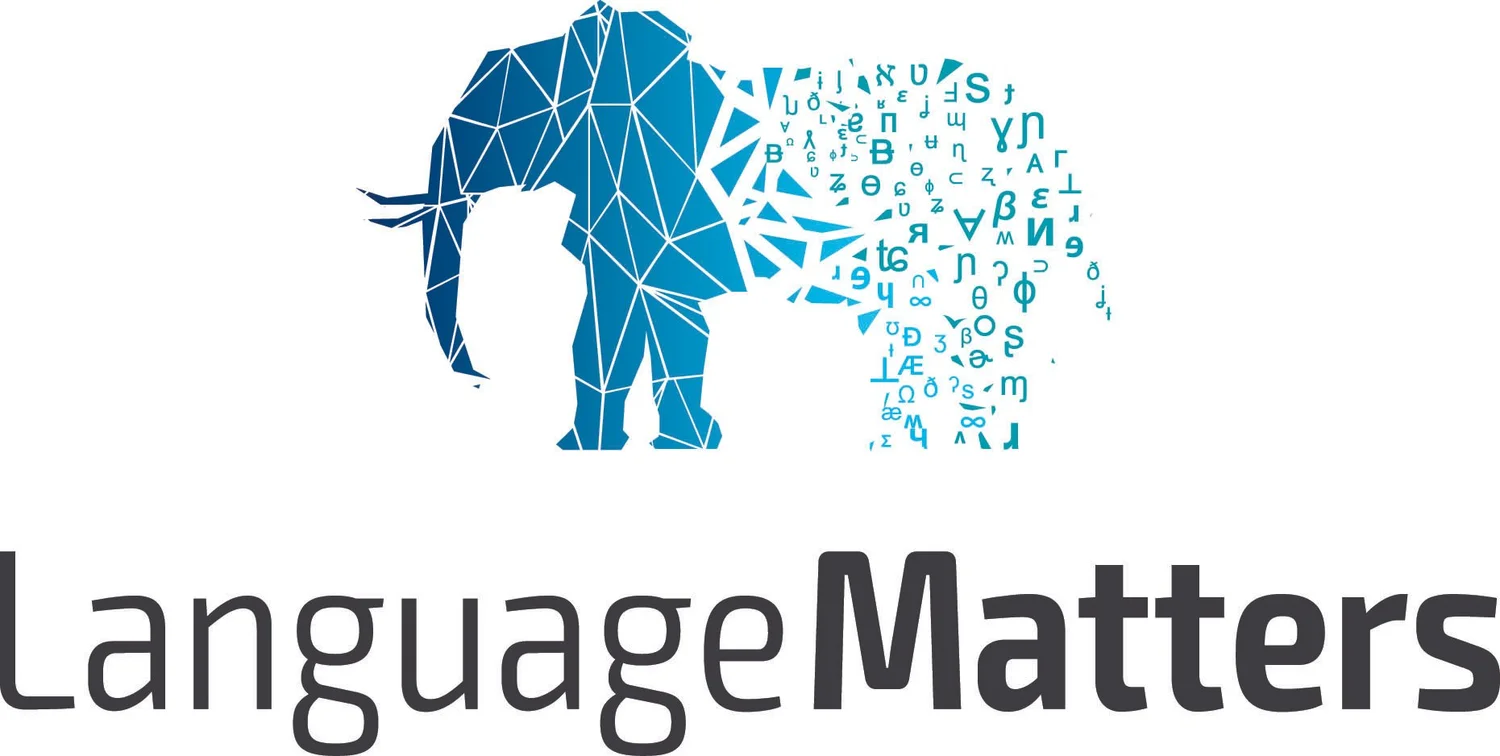Cued Language Transliterator Preparatory Materials & Training Option
The functional role of a cued language transliterator represents a unique and complex utilization of knowledge and skill. In order to serve appropriately, a fundamental understanding of numerous disciplines must be incorporated into each decision a working transliterator makes. These decisions must be arrived at and implemented within a well-established ethical framework and toward a well-defined goal. The subsequent ability to effectively and efficiently act upon these decisions is dependent upon the existence of complementary mental and physical attributes as well as the talent to apply them.
The following recommended readings and other suggested sources of information have been compiled with regard for the disciplines, framework, goal, and attributes mentioned above. However, this list is not exhaustive. Related readings and course work, workshops, and other learning sources are highly recommended. Knowledge equivalent to introductory course work in sociology, speech pathology, audiology, linguistics, and the profession of interpreting/transliterating for deaf/hard-of-hearing people is also recommended. Items on this list are not intended as replacements for training and evaluation by approved personnel and/or appropriately directed on-the-job experience.
Contemporary Linguistics, An Introduction (Seventh Ed) by William O’Grady, Michael Dobrovolsky, Mark Aronoff; Bedford/St. Martin’s, New York, NY, 2017
Cued Language Structure: An Analysis of Cued American English Based on Linguistic Principles by Earl Fleetwood, M.A. and Melanie Metzger, Ph.D. Calliope Press, Silver Spring, MD, 1998
Interpreting: An Introduction (Revised Edition) by Nancy Frishberg, Ph.D. Registry of Interpreters for the Deaf, Inc., Silver Spring, MD, 2015
Language Files: Materials for an Introduction to Language and Linguistics (12th Edition) Department of Linguistics and Joyce Powers Ohio State University Press, Columbus, OH, 2016
